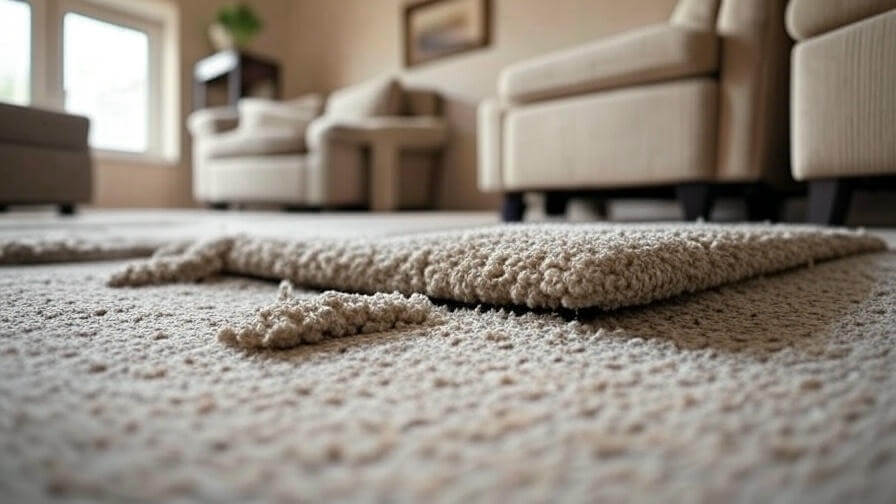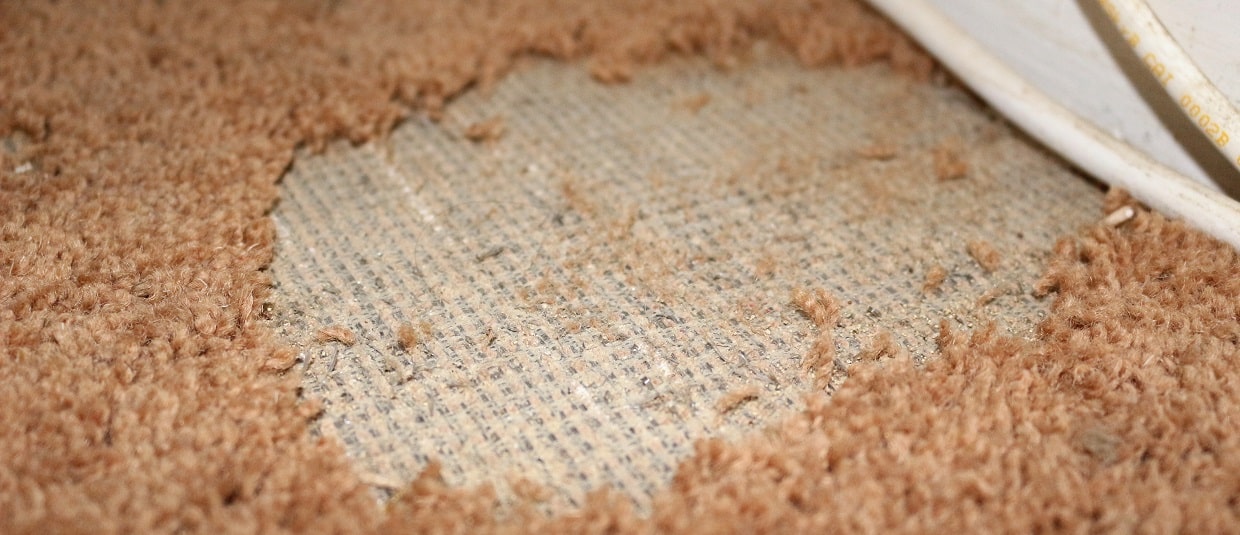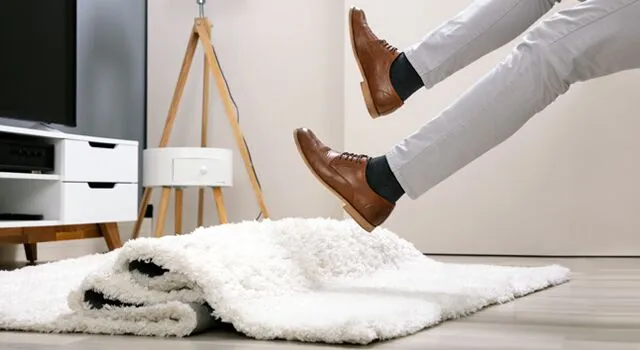When you’re renting a home or apartment, you might not think much about the carpet under your feet — until something happens to it. Whether it's a red wine spill, water damage, pet accident, or an unexpected fire, you might suddenly be facing the cost of replacing or repairing the carpet. In such situations, a common question arises: Does renters insurance cover carpet replacement?
The short answer is: It depends on how the carpet was damaged and who owns it. In this guide, we’ll break down everything you need to know about renters insurance and carpet replacement — including what is and isn't covered, how to file a claim, and tips to avoid unexpected costs.
What Is Renters Insurance?
Before we dive into carpet coverage, let's first understand what renters insurance is and what it generally includes.
Renters insurance is a policy designed for tenants who rent their living space. It protects personal belongings, provides liability coverage, and covers additional living expenses in case you’re temporarily displaced due to a covered peril.
Most standard renters insurance policies cover:
Personal Property: Protection for your belongings like clothes, furniture, and electronics from perils such as theft, fire, or water damage (not flood).
Liability: If someone is injured in your rental, liability coverage can help pay for medical bills or legal costs.
Loss of Use: Also known as additional living expenses (ALE), this covers hotel bills and other costs if your unit becomes uninhabitable due to a covered event.
So, Does Renters Insurance Cover Carpet Replacement?
Here’s the critical part: renters insurance may cover carpet replacement only under specific circumstances. It depends on who owns the carpet, the type of damage, and how the damage occurred.

1. Who Owns the Carpet?
Carpet is usually considered part of the rental property’s structure, which means it is typically the landlord’s property, not the tenant’s.
This distinction matters because renters insurance only covers your personal property, not the landlord’s property or structural features of the building. So if the carpet is damaged and it belongs to the landlord (which is most often the case), your renters insurance will not pay for its replacement — unless you caused the damage.
However, if you own the carpet — for example, you purchased and installed a rug or an area carpet — then your renters insurance may cover it if it was damaged by a covered peril.
2. Was the Carpet Damaged by a Covered Peril?
Renters insurance covers losses from a list of named perils, such as:
Fire or smoke
Water damage from a burst pipe (not flooding)
Vandalism
Theft
Windstorms
Explosions
Falling objects
If the carpet was damaged due to one of these events, and the damage occurred to your property (e.g., a rug or a carpet you own), then your renters insurance may help you replace it.
3. What If You Caused the Damage?
Let’s say you accidentally spill bleach or red wine on the landlord’s carpet, or your pet urinates repeatedly on it, causing damage. In such cases, the landlord could hold you responsible for the replacement cost.
If this happens, your liability coverage under renters insurance may help pay for the damages to the landlord’s property, including the carpet. However, not all types of accidental damage are covered — especially pet damage, which is often excluded from many policies.
So, if your dog scratches or soils the carpet, renters insurance likely won’t cover it. Always check your policy’s exclusions.
Common Scenarios and Whether Carpet Is Covered
Let’s look at a few real-world examples to illustrate what is and isn’t covered under renters insurance.
Scenario 1: Fire in the Apartment
A kitchen fire spreads and causes smoke and soot damage throughout the unit, including the carpet.
✅ Covered?
If your own rug is damaged, renters insurance will pay to replace it under personal property coverage.
The landlord’s carpet is their responsibility. If you started the fire through negligence, your liability insurance may cover the landlord's loss.
Scenario 2: Water Damage from Burst Pipe
A pipe bursts while you're out, soaking the carpet and damaging some of your furniture and a few rugs.
✅ Covered?
Water damage from burst pipes is typically a covered peril, so your rugs and personal belongings would be covered.
The landlord’s carpet may not be your responsibility — unless it was your negligence (e.g., leaving a window open during freezing weather) that caused the pipe to burst.
Scenario 3: Pet Urinates on Carpet
Your dog repeatedly pees on the carpet, and the landlord demands replacement.
❌ Covered?
Most renters insurance policies exclude pet damage, including urine stains or odor.
You’d likely have to pay out-of-pocket unless your policy has special pet damage add-ons.

Scenario 4: You Spill Red Wine on Carpet
You accidentally knock over a glass of red wine, leaving a large permanent stain on the carpet.
✅/❌ Covered?
If it’s your rug, and the spill is due to a covered peril (like fire or vandalism), you may get coverage.
If it’s the landlord’s carpet, and they want you to pay, your liability insurance may help, depending on the policy and deductible.
Scenario 5: Theft or Vandalism
Someone breaks in and vandalizes your apartment, damaging the carpet and stealing valuables.
✅ Covered?
Theft and vandalism are typically covered perils.
Your own rugs may be covered under personal property.
The landlord’s carpet? Not unless you’re responsible for the event, which is unlikely.

How to File a Renters Insurance Claim for Carpet Damage
If your carpet (or rug) was damaged and you believe it's covered under your renters insurance, here’s how to handle the situation:
Step 1: Document the Damage
Take clear photos of the damage.
Note the date, time, and cause of the damage.
Gather any relevant receipts or purchase records for the carpet/rug.
Step 2: Review Your Policy
Check whether the cause of damage is listed under “covered perils.”
Understand the limits and exclusions.
Look for any deductibles that may apply.
Step 3: Contact Your Insurer
Report the incident as soon as possible.
Be honest and detailed in your explanation.
Submit supporting documents and photos.
Step 4: Get an Estimate
If your insurer approves the claim, you’ll usually be asked to get a repair or replacement estimate.
Reimbursement will depend on the actual cash value (ACV) or replacement cost — whichever your policy offers.
Carpet Replacement vs. Repair
Insurance may not always approve full carpet replacement. Sometimes, especially if the damage is localized, carpet repair or cleaning may be sufficient. This depends on:
Extent of the damage
Cost-effectiveness
Insurance adjuster’s recommendation
How to Protect Yourself as a Renter
To avoid costly surprises, follow these practical tips:
Know your lease terms – Understand what you're responsible for, including cleaning or damages to fixtures like carpets.
Ask your landlord about existing coverage – Their landlord insurance likely covers structural components, but you may be liable for negligence.
Get the right renters insurance policy – Choose one that includes liability, personal property, and optional add-ons (like pet damage if available).
Keep inventory of your belongings – Including rugs, furniture, and electronics. Use apps or spreadsheets.
Act fast in emergencies – Leaks, fire, or vandalism? Take photos, mitigate damage, and notify your insurer quickly.
Final Thoughts: Is Carpet Replacement Covered by Renters Insurance?
So, does renters insurance cover carpet replacement? In summary:
Yes, if you own the carpet (e.g., area rug) and it’s damaged by a covered peril.
Yes, if you caused accidental damage to the landlord’s carpet and your policy includes liability coverage.
No, if the carpet belongs to the landlord and the damage was caused by normal wear and tear or excluded perilslike pet damage or flooding.
Always read your policy carefully and consult your insurance provider if you're unsure. Being proactive can save you both money and stress in the long run.

